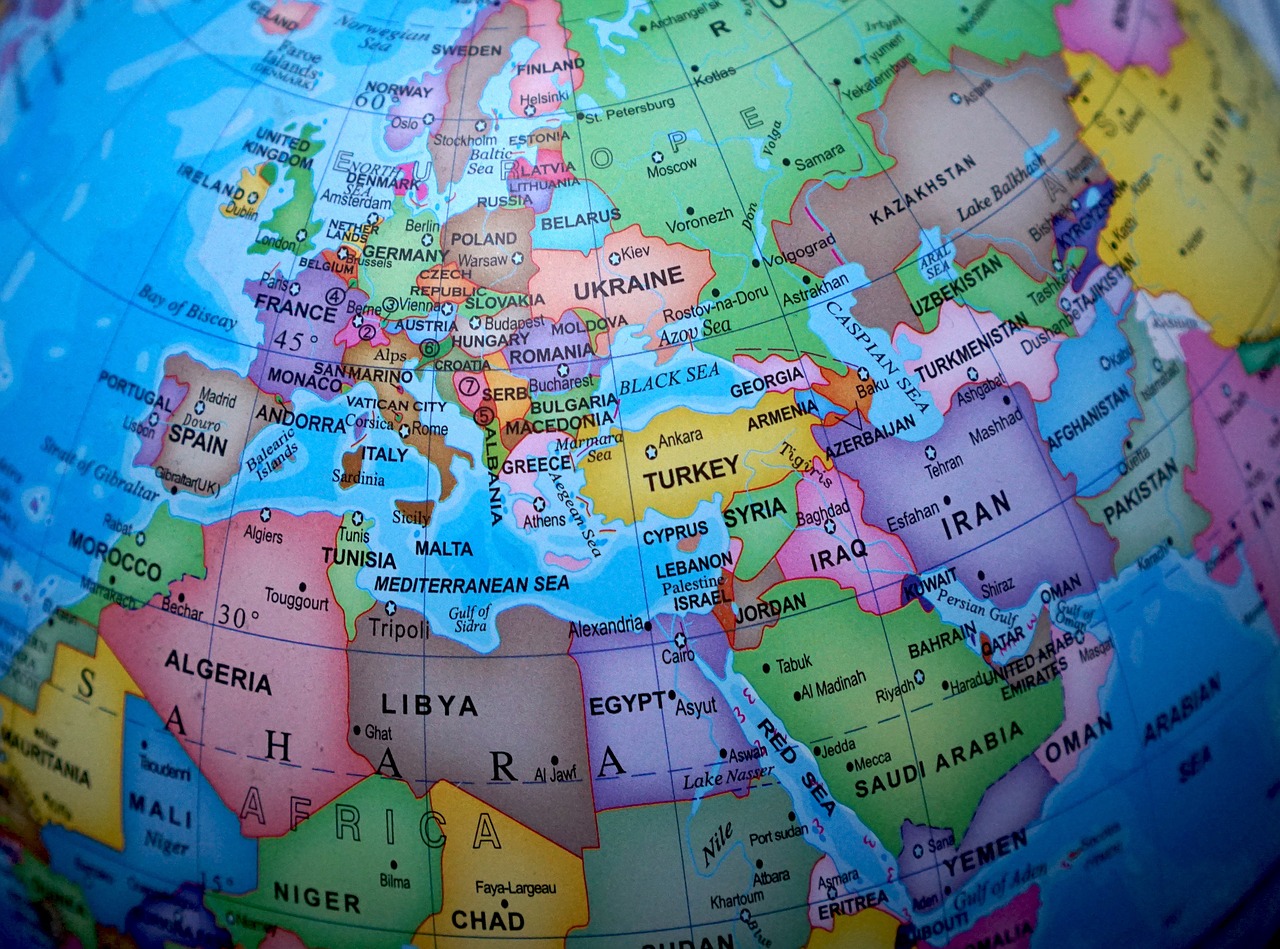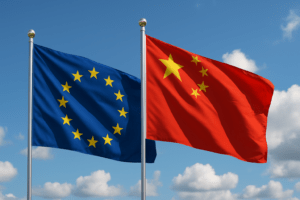In Italy, in recent weeks, there has been widespread talk about the prospect of making Italy an energy hub, focusing on gas, through new infrastructure and new production, in Italy and in the Mediterranean.
An idea that does not take into account the impact of market dynamics, feasibility and convenience of additional infrastructure, and the negative impact an expansion of fossil fuels could bring to climate goals.
Developing such a plan means strengthening the transport infrastructure between Algeria and Italy; double TAP (Trans Adriatic Pipeline)’s capacity and envisaging two more fixed regasification units in addition to the floating ones already planned in Ravenna and Piombino. The plan also envisions doubling domestic gas production in the Adriatic Sea and in the Mediterranean.
Making Italy a gas hub for Europe goes against the main decarbonization scenarios
which highlight the incompatibility of new infrastructure and gas production with the achievement of climate goals. Same scenarios show that energy security could be achieved by replacing fossil fuels with renewables and energy efficiency. In particular, the International Energy Agency (IEA)’s decarbonization scenario shows global energy demand falling 23 percent in 2050 compared to 2021. Gas supply would shrink by 90 percent.
In Europe, RepowerEU measures would lead to a reduction in gas demand of around 40 percent in 2030. Oil & Gas company BP’s newly released scenario projects a 50 percent drop in European gas demand in 2030 compared to 2019 under the decarbonization scenario. In fact, “a combination of faster increases in energy efficiency, rapid growth in wind and solar power, and the increasing electrification of final energy consumption means that EU demand in 2030 will be about 50 percent (190 bcm) lower than 2019 levels. This demand is higher than the loss of gas imports from Russian pipelines, implying that the level of LNG imports needed to meet the EU’s domestic gas consumption in 2030 is lower than in 2019.”
If Italy is able to meet the European targets, as defined by the Fit for 55 package and RepowerEU, through an acceleration of renewables, efficiency and electrification of the residential sector, we can settle on a decline in gas demand similar to what is expected for the European average. Moreover, according to ECCO’s estimates, such an acceleration would bring enormous benefits in terms of energy security, allowing Italy to replace, as early as 2025, up to 80 percent of Russian gas. A trend in line with the reduction in gas consumption by Italian citizens and businesses started in 2022 – amounting to 15 percent – with a consequent reduction in prices.
Similarly, European study centers E3G, Ember and Rap measured that at the European level this green mix can replace up to two-thirds of Russian gas imported into Europe. The remaining gap would be covered by new gas imports through existing infrastructure. A confirmation of an increase in the renewable component of the energy mix was proved by a report published in late January 2023 by the Ember: last year electricity generated by wind and solar (22 percent) in Europe surpassed that produced by gas (20 percent).
One of the arguments in support to the construction of new infrastructure is the compatibility of this network with hydrogen transport
However, the use of gas pipelines for transporting hydrogen remains to be verified. In fact, only small amounts of hydrogen can be “mixed” (blending) at present, and it is unlikely that current volume needs of gas will match the future volumes of hydrogen. It is also very likely that the electrolyzers needed for hydrogen production will be distributed within a radically different logistics system from the current gas system.
Another priority issue concerns the costs of such a project.
Who will cover the investment in this infrastructure and who will bear the economic risks of eventual – and very likely – inactivity? The guarantee of a state-protected investment implies that these costs will be borne by consumers, through tariffs and public spending, for decades. Costs for both infrastructure and long-term commercial and procurement commitments, guaranteed in various forms by the state, CDP or SACE.
Finally, there is the international component. Gas-exporting countries, such as Algeria, Egypt and Libya, risk being tied to fossil assets drained of value, with serious consequences for government revenues and the ability to ensure social stability.
There is much evidence. Making Italy a gas hub in the Mediterranean is uneconomic and counterproductive. Instead, transforming Italy into a green hub by focusing on renewables, power grids, batteries, energy efficiency, critical materials, as well as securing water and food systems, could be the foundation of an new Mattei Plan capable of building an ambitious and sustainable future for Italy and Europe.
Photo by Kris da Pixabay






